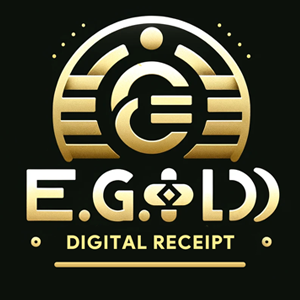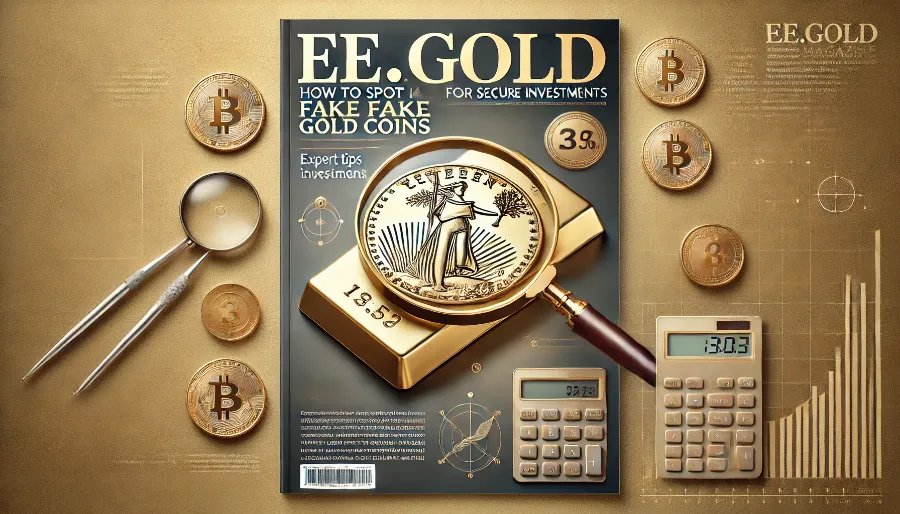
Gold coins have been a trusted store of value and a collectible for centuries. However, the rise in popularity of gold investments has also led to an increase in counterfeit coins. Knowing how to identify fake gold coins is essential for investors and collectors alike. Here’s a detailed guide to help you distinguish genuine gold coins from counterfeit ones.
Examine the Coin’s Weight and Dimensions
One of the most reliable ways to detect a fake gold coin is by checking its weight and size. Authentic gold coins are minted with precise measurements, and any deviation can be a red flag.
Use a calibrated digital scale to weigh the coin. Compare the weight with the specifications provided by the coin's official mint. Measure the coin’s diameter and thickness with a digital caliper. These dimensions should match the official specifications exactly.
For example, a 1-ounce American Gold Eagle should weigh 31.1 grams with a diameter of 32.7 mm and a thickness of 2.87 mm. If the weight or dimensions are even slightly off, it could be a counterfeit.
Conduct a Magnet Test
Gold is a non-magnetic metal, so an authentic gold coin will not be attracted to a magnet. Counterfeit coins often contain metals like iron or nickel, which are magnetic.
Hold a strong neodymium magnet near the coin. If the coin is attracted to the magnet, it is likely fake. Be cautious, as some counterfeiters use non-magnetic metals, which makes additional testing necessary.
Inspect the Coin’s Surface and Finish
Closely examine the coin's surface for irregularities. Genuine gold coins have sharp, detailed designs with smooth edges and a consistent finish.
Look for:
- Blurry or uneven design details
- Rough edges or seams (authentic coins have smooth, polished edges)
- Bubbles or discoloration, which can indicate gold plating over another metal
Use a magnifying glass or jeweler’s loupe for a closer inspection. Authentic coins from reputable mints, such as the Royal Canadian Mint or the U.S. Mint, have high-quality finishes that are difficult to replicate.
Check the Coin’s Hallmark and Mint Mark
Genuine gold coins often include a hallmark or mint mark that indicates their origin and purity. For example, an American Gold Eagle features the "W" mint mark, signifying that it was minted at the West Point Mint.
Research the hallmark and mint mark specific to the coin you are examining. Compare it to official images from trusted sources or websites. If the hallmark appears smudged, misplaced, or missing, the coin might be counterfeit.
Perform the Ping Test
The ping test, also known as the ring test, involves striking the coin gently with another object to hear the sound it makes. Gold coins produce a clear, high-pitched ringing sound when struck, while fake coins often produce a dull sound.
Hold the coin on your fingertip and tap it gently with another coin or a pen. Listen closely to the sound and compare it to the sound of a verified gold coin. This test works best when used in conjunction with other methods.
Test with an Acid Kit
Gold testing kits use acid to determine a coin’s authenticity. A small scratch is made on the coin’s surface, and acid is applied to test its reaction. Genuine gold does not react or change color when exposed to the acid.
Follow the instructions provided with the acid test kit carefully. Be cautious, as this test can damage the coin’s surface, which may affect its value if it turns out to be authentic.
Use an Electronic Gold Tester
Electronic gold testers are devices designed to measure the purity of gold. They provide accurate results without damaging the coin. Simply place the coin on the device, and it will indicate the gold content.
These devices can be expensive but are an excellent investment for collectors and dealers who regularly handle gold coins.
Analyze the Coin’s Density
Gold has a specific density of 19.32 grams per cubic centimeter. Fake coins often have a lower density due to the use of other metals.
To perform a density test, measure the coin’s weight and volume. Submerge the coin in water to measure its displacement, then divide the weight by the volume. Compare the result to gold’s density. If the number is significantly different, the coin may be counterfeit.
Verify with a Reputable Dealer
If you’re still unsure about the authenticity of a coin, take it to a reputable dealer or numismatist for verification. Experts have specialized tools and knowledge to identify fake coins quickly and accurately.
Reputable dealers often offer authentication services, and they can also provide information about the coin’s origin and value.
Purchase Coins from Trusted Sources
The best way to avoid counterfeit gold coins is to buy from trusted and reputable sources. Look for dealers who are members of organizations like the Professional Numismatists Guild (PNG) or the American Numismatic Association (ANA).
Online platforms with high customer reviews and transparent policies, such as EE.GOLD or JM Bullion, are also reliable options. Always request a certificate of authenticity and verify the dealer’s credentials before making a purchase.
Stay Informed About Counterfeiting Trends
Counterfeiters are constantly improving their techniques, so staying informed about the latest trends in counterfeiting is crucial. Subscribe to newsletters from trusted numismatic organizations and follow gold investment blogs for updates on how to spot fake coins.
Knowing what to look for and using a combination of tests will help you protect your investment and avoid falling victim to counterfeit coins. Always approach purchases with caution and rely on trusted sources to ensure you’re acquiring genuine gold coins.
Be Wary of Too-Good-To-Be-True Deals
One of the most common ways counterfeit gold coins enter the market is through suspiciously low-priced deals. Scammers often lure unsuspecting buyers with offers that seem too good to pass up. If a gold coin is being sold at a significant discount compared to its market value, it’s a major red flag.
Always cross-reference the coin’s price with current gold spot prices and premium rates from reputable dealers. Remember, gold coins are rarely sold below the current market value, as gold itself holds intrinsic worth. Avoid private sellers or obscure websites that cannot provide proper documentation or authenticity guarantees.
Know the Commonly Counterfeited Coins
Certain gold coins are more frequently counterfeited due to their popularity and high demand. Familiarizing yourself with these coins can help you be more vigilant when purchasing. Some of the most commonly counterfeited coins include:
- American Gold Eagle: A widely recognized bullion coin in the United States, often counterfeited due to its demand among investors.
- Krugerrand: South Africa’s iconic gold coin is highly sought after, making it a target for counterfeiters.
- Canadian Maple Leaf: Known for its high purity (99.99% gold), counterfeiters attempt to replicate its value.
- Gold Sovereigns: British Sovereigns are frequently counterfeited due to their historic value and popularity among collectors.
Before purchasing these or any other coins, study their design, weight, and unique security features to recognize authentic ones.
Look for Security Features
Modern gold coins often include advanced security features designed to thwart counterfeiters. These features vary by mint but are an excellent way to verify authenticity. Some examples include:
- Micro-Engraving: Tiny, intricate details that are nearly impossible to replicate without advanced equipment.
- Laser-Etched Marks: Some coins feature unique laser marks or holographic images visible only under magnification.
- Radial Lines: Mints like the Royal Canadian Mint use precision-machined radial lines on coins to enhance security.
- Color-Shift Technology: Certain mints incorporate color-shifting technology into their designs to make counterfeiting even harder.
Check the coin against official specifications for these security features. Trusted mints, such as the U.S. Mint and the Royal Canadian Mint, often provide detailed guides on the security elements of their coins.
Understand Gold Coin Authentication Certificates
When purchasing gold coins, always request a certificate of authenticity (COA). This document is issued by the mint or dealer and verifies the coin’s purity, weight, and origin. Ensure the COA matches the coin in question and includes all relevant details.
For tokenized gold or digital gold coins, blockchain technology often acts as the COA. Platforms like GoldSeed or Paxos Gold use blockchain to provide a tamper-proof record of ownership and gold backing.
Pay Attention to Packaging
The way a gold coin is packaged can offer clues about its authenticity. Reputable mints and dealers often use tamper-proof packaging to ensure the coin’s safety and integrity. These may include:
- Sealed Plastic Capsules: Protect the coin from damage and include visible mint branding.
- Tamper-Evident Seals: Packaging that shows signs of interference if someone attempts to open it.
- Serial Numbers: Unique serial numbers printed on the packaging for authentication purposes.
If the coin’s packaging appears damaged, altered, or inconsistent with the mint’s standard, proceed with caution.
Use a Professional Grading Service
If you are a collector or investing in rare gold coins, using a professional grading service is an excellent way to authenticate your coin. Companies like the Professional Coin Grading Service (PCGS) or Numismatic Guaranty Corporation (NGC) provide certification and encapsulate the coin in a protective holder. These services include detailed reports on the coin’s authenticity, condition, and grade, ensuring you receive exactly what you paid for.
Educate Yourself Continuously
The key to avoiding counterfeit gold coins is staying informed. Take the time to learn about the specific coins you’re interested in, study their designs, and familiarize yourself with their unique features. Attend numismatic shows or join collector groups to gain firsthand knowledge from experts.
Online resources, like gold investment blogs, YouTube tutorials, or official mint websites, also offer valuable information on how to spot fakes. The more you know, the better prepared you’ll be to recognize a counterfeit when you see one.
Build a Relationship with Trusted Dealers
Establishing a relationship with a reputable gold dealer can make all the difference in ensuring your investments are authentic. Trusted dealers are more likely to stand behind their products and offer guarantees of authenticity. Look for dealers who are members of respected organizations like:
- Professional Numismatists Guild (PNG)
- American Numismatic Association (ANA)
- Industry Council for Tangible Assets (ICTA)
These organizations enforce strict ethical and professional standards, ensuring you’re dealing with a legitimate seller.
Report Counterfeit Coins
If you encounter a counterfeit gold coin, it’s important to report it to the appropriate authorities to help protect other buyers. You can contact:
- Local Law Enforcement: Especially if you’ve been defrauded in a transaction.
- U.S. Secret Service: In cases involving counterfeit U.S. coins or currency.
- Professional Numismatists Guild (PNG): For assistance with counterfeit coin issues.
- Online Marketplaces: If the counterfeit was purchased on a platform like eBay, Amazon, or Craigslist, report it immediately to the site administrators.
By reporting counterfeit coins, you help create awareness and contribute to the fight against fraud in the gold investment market.
Conclusion: Invest Wisely and Stay Vigilant
Spotting fake gold coins is a skill that can protect you from significant financial loss and ensure the authenticity of your investments. By combining multiple tests—such as weight, magnetism, design, and professional verification—you can confidently identify genuine gold coins. Always purchase from trusted sources, educate yourself continuously, and leverage modern tools like blockchain and professional grading services to safeguard your investments. With diligence and care, you can enjoy the security and value that gold coins bring to your portfolio.
NOTE
This Content is the copyrighted content of EE.GOLD. All rights are reserved. You are welcome to share or use our content only by including direct links to our website. Any other form of reproduction, distribution, or use without proper attribution is strictly prohibited.
This Content is intended solely for educational purposes. The information provided does not constitute financial or investment advice.
Please note that Digital Storage Receipt, Secure Storage Solutions, and Physical Gold Sales are the only services offered by EE.GOLD.
We strictly adhere to government regulations and are firmly against all illegal financial or investment activities globally.
For further inquiries, feel free to contact us through our official channels.

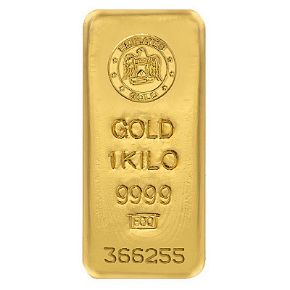
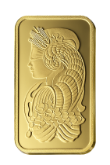




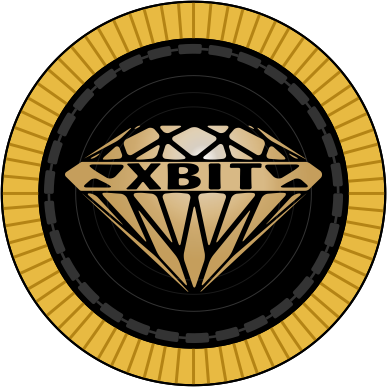
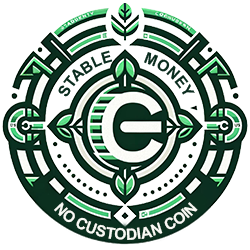

.png)

